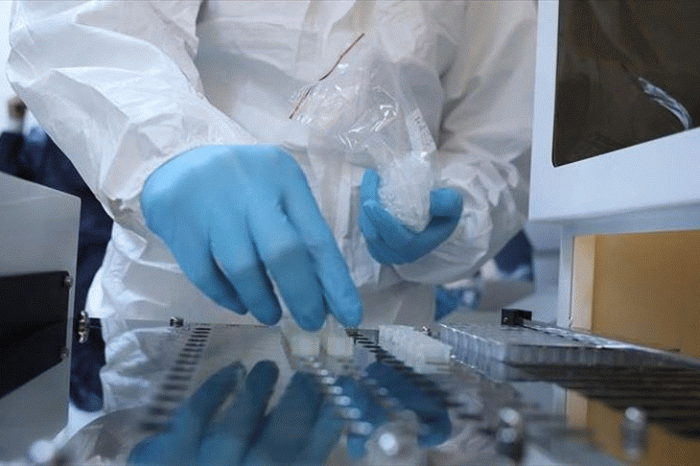Scientists discover coronavirus can kill immune cells usually used to fight off illness and cause damage similar to what’s seen in HIV patients

Yesterday, we published a story about a new study which reveals that COVID-19 attacks hemoglobin in red blood cells, rendering it incapable of transporting oxygen. Now, scientists have one more thing to worry about. According to a study conducted by a team of researchers in China and the US, they found that the virus that causes Covid-19 can destroy the T cells that are supposed to protect the body from harmful invader. In their startling discovery, they found that coronavirus can kill immune cells usually used to fight off illness and cause damage similar to what’s seen in HIV patients.
The finding, which was posted on the U.S. National Institute of Health website and published earlier this week in medical journal Cellular and Molecular Immunology, confirmed fears previously expressed by doctors that the virus could cause damage similar to what’s seen in HIV patients.
Lu Lu, from Fudan University in Shanghai, and Jang Shibo, from the New York Blood Centre, joined the living virus, which is officially known as Sars-CoV-2, on laboratory-grown T lymphocyte cell lines. T cells, or T lymphocytes, play an integral role in the body’s ability to find and destroy alien cells in the body. In their experiment, they attached the living COVID-19 virus onto lab-grown T cells. They found that SARS-CoV-2 infects T lymphocytes through its spike protein-mediated membrane fusion.
The researchers knew MERS-CoV can directly infect human primary T lymphocytes and induce T-cell apoptosis through extrinsic and intrinsic apoptosis pathways, but it cannot replicate in T lymphocytes.6 However, they were unclear whether SARS-CoV-2 can also infect T cells, resulting in lymphocytopenia. So the scientists captured a cell infected by a virus, bore a hole in its membrane and inject toxic chemicals into the cell. These chemicals then kill both the virus and infected cell and tear them to pieces.
To their surprise, they found that the T cell became a prey to the coronavirus in their experiment. They found a unique structure in the virus’s spike protein that appeared to have triggered the fusion of a viral envelope and cell membrane when they came into contact. The virus’s genes then entered the T cell and took it hostage, disabling its function of protecting humans. The virus’s genes then entered the T cell and took it hostage, disabling it from protecting the body.
Based on the results of their experiment, the researchers were able to prove that (1) SARS-CoV-2 could infect T cells, (2) SARS-CoV-2 infected T cells through receptor-dependent, S protein-mediated membrane fusion, and (3) infection could be inhibited by EK1 peptide.
The researchers, however, cautioned that the questions of SARS-CoV-2 infection and replication in primary T cells and whether the infection induces apoptosis in T cells still need further research, which could potentially evoking new ideas about pathogenic mechanisms and therapeutic interventions.

